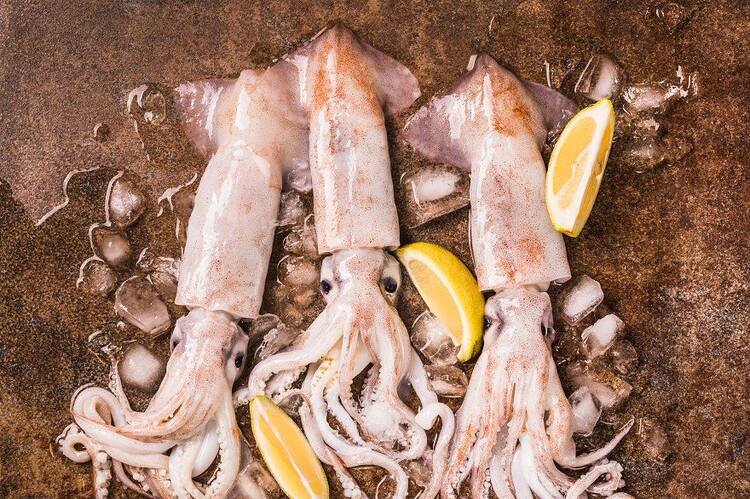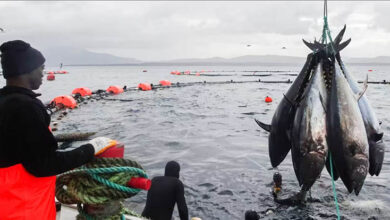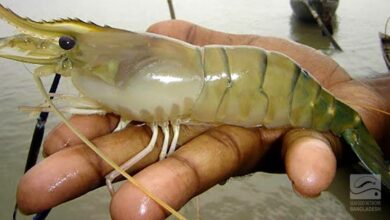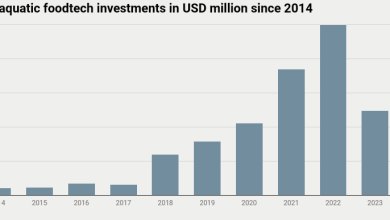
Cuttlefish are invertebrates, not fish, despite their name as they do not have a backbone. These clever invertebrates belong to the cephalopoda family, which also includes squid, octopuses, and nautiluses.
The world’s oceans are home to the more than 120 different species of cuttlefish, which are solitary creatures by nature. Some species can be found at depths of more than 3,000 feet, although the majority are located in shallow seas that are about 30 meters deep. They swim closer to the coast to lay their eggs during spawning. The majority of cuttlefish species only live for two years or less.
These amazing animals have the ability to count, maintain self-control, and employ a variety of cunning strategies to avoid predators, such as making a duplicate body out of ink clouds. Cuttlefish are colorblind, yet they also possess extremely complex color-changing abilities.
Because they can rapidly alter the texture and color of their skin to blend in with their surroundings, cuttlefish are often referred to as “the chameleon of the sea.” With the use of two sucking tentacles, a cuttlefish’s adaption allows it to trap shrimp, fish, and crabs before dragging them into its parrot-like beak.
Significance:
The primary ecological role of cuttlefish is to provide predation control over several prey species.
Carnivorous, cuttlefish consume small fish and crustaceans as their food. Nonetheless, their presence as prey for larger predators such as atlantic cod, reef sharks, dolphins, and seabirds makes them a crucial component of the marine ecosystem’s food chain.
The Mediterranean and the oceans surrounding Southeast Asia are heavily fished for it as because they are a popular culinary item in these regions. In several nations, this is a significant species for cephalopod fisheries. Cuttlefish, a highly prized delicacy in Italy, Spain, Korea, Japan, and other countries, can be purchased frozen or fresh. Cuttlefish is well known for being a nutrient-rich, low-calorie, low-carbohydrate food. Depending on the variety, they have between 15 and 20 grams of protein per 100 grams. Cuttlefish contains mono- and polyunsaturated fats, which are good for the body. Cuttlefish are rich in essential vitamins and minerals, including copper, iron, phosphorus, selenium, and vitamin B12. Omega-3 fatty acids, which are beneficial for heart and brain health, can be found in cuttlefish.
Parrots, parakeets, and other domesticated birds like chewing on cuttlebones, which can be beneficial to their health and have an economic benefit for bird owners. Cuttlebone is actually the internal shell of a cuttlefish, filled with gas to keep it afloat. It is beneficial to birds because it contains high levels of calcium, iron to support red blood cell formation, potassium to support normal heart and muscle activity, zinc to support immune system function, and copper to enhance circulation and healing. These days, cuttlefish is referred to as a superfood.
The human race also makes use of cuttlefish ink. The fish belonging to the genus Sepia are named so because of its brown ink, which is utilized in dyes and inks. Today, though, its primary application is in cooking to enhance the color of sauces and other meals.
Farhana Islam
Agriculturist, Researcher
Fisheries Resource Management, CVASU




